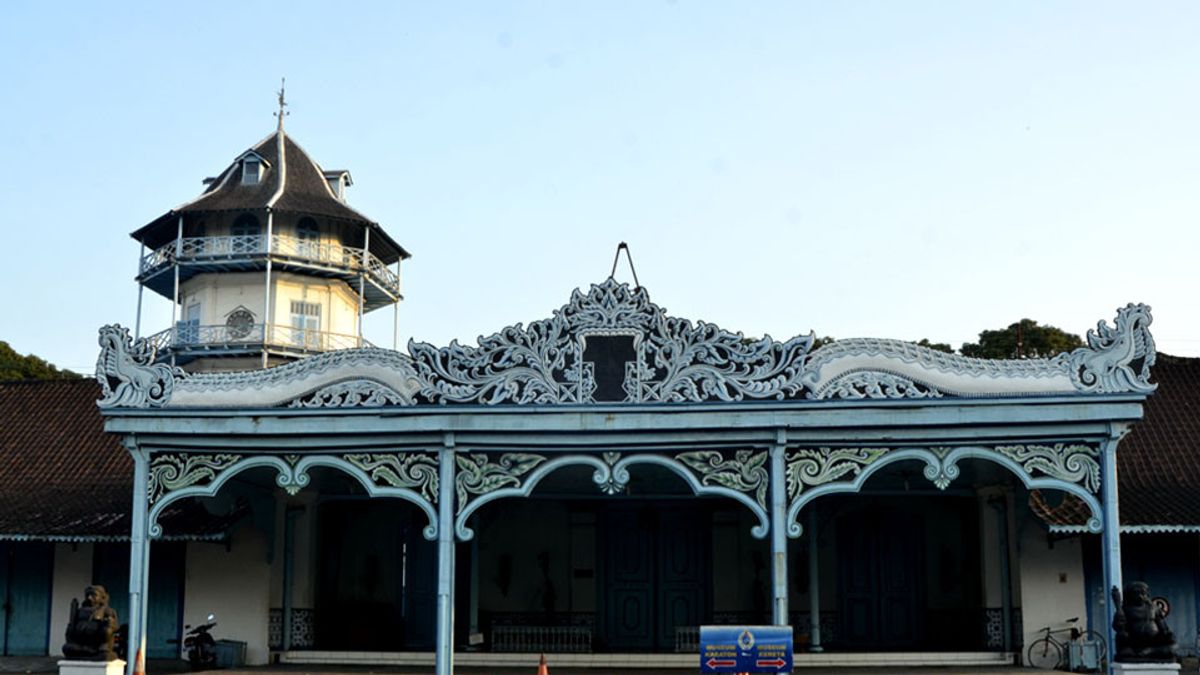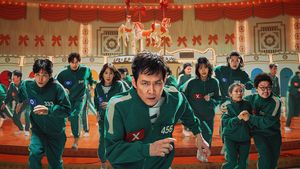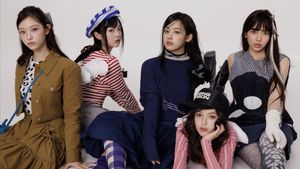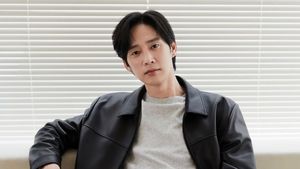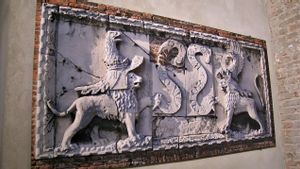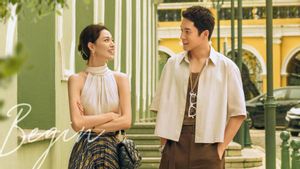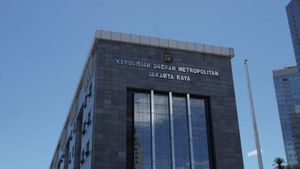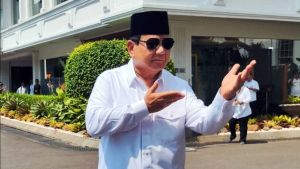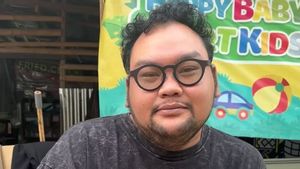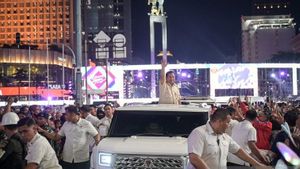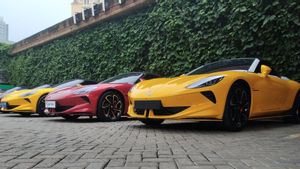JAKARTA - Set foot in the city of Surakarta or better known as Solo city, feels different. You will feel the existence of the local culture. Javanese culture that is present and you can see and feel it. A culture that always greets through body gestures, behavior, language and speech, the food served, traditions, and also art.
The real existence of Javanese culture is also represented in two palace buildings, Kasunanan Surakarta and Mangkunegaran, which are still standing strong as if guarding Javanese culture with its noble values. Visiting the Solo city, which has the slogan "The Spirit of Java", is incomplete without visiting the two palaces which are the main tourist destinations.
The two palaces, which are located not too far apart, have historical stories that are intertwined with the Mataram Kingdom in Yogyakarta, which in its heyday had a very large territory. Due to the intrigue of seizing the throne of power, which could not be separated from the Dutch colonial strategy of divide et impera, which eventually caused the Mataram Kingdom to collapse.
The kingdom eventually split into the Yogyakarta Sultanate and the Surakarta Sunanate. One of the descendants of the Mataram king who was banished to Sri Lanka, namely Raden Mas Said, who later became king in the Mangkunegaran Palace.
The Kasunanan Palace or the complete Kasunanan Surakarta Hadiningrat was founded in 1755 by Sunan Paku Buwono II and is the official residence of the royal family to this day. In its day, the palace building, which was a combination of Dutch Javanese architecture, was a very exotic building with shades of predominantly white and blue.
One of the architects of the Palace construction was Pangen Mangkubumi who was also the architect of the Yogyakarta sultanate palace. That is why the layout of the Kasunanan palace is very similar to the layout of the Yogyakarta Sultan Palace.
There are two entrances to the Palace, from the north and south. The most popular is the northern entrance via the large Gladag archway on Slamet Riyadi road. After passing the entrance gate, you will be greeted by the Lor square complex or north where in the middle there are two very old twin banyan trees.
To the right of the square stands the Great Mosque of Surakarta, which was founded by Susuhunan Paku Buwono III. After following the one-way road around half the square and passing the Supit Urang road on the east side, you will arrive at the main gate of the Palace which is called Kori Brajanala Lor.
Entering the Palace, visitors will see the lineage of the kings of the Kasunanan Palace and also a model of the Keraton area. Visitors are then directed to enter the palace museum which contains relics of palace items such as golden carriages, war equipment, palace ceremonial equipment, and cooking utensils.
The collection of objects is partially placed in the illuminated glass walls and arranged in the middle of the room. In the museum area there is also a well where water can be used to wash your face. That said, this place was one of the king's hermitages.
After seeing the museum's collection, visitors will be greeted by a large courtyard with lots of shady sapodilla trees. The land in this yard is sandy soil taken from the South Coast sea with a fine texture and partly sandy soil from the eruption of Mount Merapi with a coarse texture. There are unique rules here. Each visitor who wears open sandals is asked to take off their footwear if they want to walk in the yard, while if the shoes are closed, they are allowed to keep their shoes on.
In the palace there is also a tall tower called the Songgo Buwono Stage facing the outside of the palace. In its time, this tower was used by the king to meditate and spy on the opponent's fortress.
There is one location that attracts attention because it is decorated with beautiful European statues. This place is called Sasana Sewaka which is usually used for big events such as the Jumenengan event or the wedding of the sons and daughters of the palace. To entertain the guests for the event, the Sasana Handrawina room which is located on the side is used.
Sasana Handrawina looks classic with a touch of European architecture. In the western part of the palace, there is a small museum exhibiting royal vehicles in the form of trains and cars. Visitors who enter the museum area are required to wear a golden yellow Samir. Unfortunately, not all places in this palace can be visited.
The English, Chinese, Japanese, Arabic, and French versions are automatically generated by the AI. So there may still be inaccuracies in translating, please always see Indonesian as our main language. (system supported by DigitalSiber.id)
